2017 U.S. ClassicJul 1, 2017 by Justine Kelly
The U.S. Classic And What It Could Mean For Future Elite Success
The U.S. Classic And What It Could Mean For Future Elite Success
The U.S. Classic is one of the key competitions in the elite calendar for US gymnasts. The meet kicks off the latter half of the elite season and serves as a qualifier for National Championships later in the summer.
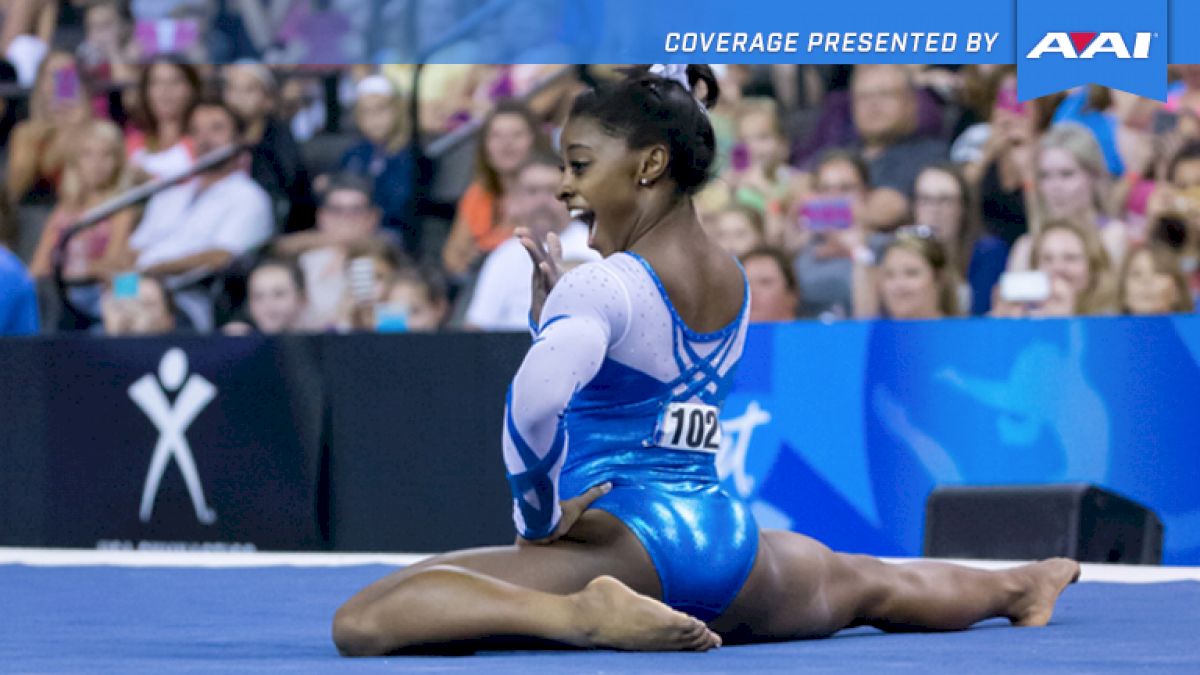
The U.S. Classic is one of the key competitions in the elite calendar for American gymnasts. Held this year on July 29 in Chicago, the meet kicks off the latter half of the elite season and serves as a qualifier for National Championships later in the summer. Gymnasts' performances at both the Classic and Nationals will influence whether they are selected to participate in later selection camps -- most importantly, the World Championship selection camp.
The U.S. Classic typically takes place a few weeks before Nationals, and the top gymnasts aim to compete either all four events or their top events to showcase their skills. While the Classic is an important qualifier meet, how indicative is a gymnast's performance at this competition in terms how successful they will be later in the year or even later in the quadrennium?
While every year is different, we took a look at the previous U.S. Classic competitions from the years following the recent Olympics -- 2009 and 2013 -- to see what trends we could uncover. There are a few key themes that came through from both competitions -- and the results may surprise you!
One of the most interesting trends is that a few of the gymnasts who had a lot of success at the World Championships did not necessarily show the most impressive results at Classics. In 2009, Bridget Sloan did not even compete at Classics (she had already qualified to Nationals from her performance at American Cup), but she later went on to be crowned world champion in London. Sloan's Worlds teammate Rebecca Bross only competed on bars at Classics and ended up scoring a low 13.15. She later won the silver medal in the all-around at Worlds, placing just behind Sloan.
In the next quadrennium, Simone Biles had a fairly weak performance at Classics in 2013 -- competing only on bars, beam, and floor and not scoring above a 14.0 on any of the events. Despite this, she later when on to win her first World Championship all-around title in Antwerp, Belgium.
At the 2009 CoverGirl Classic, Kayla Williams placed first on vault, scoring a 15.05 on her first vault -- a Yurchenko double -- and competing a front handspring half-off as her second vault. Williams later went on to be named to the World Championship team that year that competed in London, where she secured the gold medal on vault with a 15.087 combined score. At Worlds, Williams actually competed a front handspring 1 1/2 off for her first vault and a Yurchenko double as her second vault.
A similar scenario took place in the next quadrennium in 2013, when McKayla Maroney took the No. 1 spot on vault at the U.S. Classic that year, scoring a combined 15.425 for her two vaults. Her Amanar notched a 15.6, the highest vault score of the competition. Maroney was also later named to the World Championship team and ended up winning the gold medal in Antwerp, scoring a combined 15.724, just over 0.1 of a point ahead of teammate Biles.
Another interesting tidbit from both quadrenniums is looking at gymnasts who had some issues on a particular event at the 2009 and 2013 Classics who then went on to win Olympic medals on those same events three years down the line. We have two examples of this from the 2009 CoverGirl Classic. Maroney competed as a junior at this event and tied for 20th in the all-around standings. Most interesting is that she actually placed ninth on vault, scoring a 13.9 on a vault with 5.0 difficulty. Maroney later went on to win the silver medal in the vault final at the Olympics three years later.
From the same quad, Aly Raisman also competed as a junior at the 2009 CoverGirl Classic. She placed 10th overall in the all-around and took seventh place on beam, where she scored a 13.9 with 5.4 difficulty. Raisman later won the bronze medal on beam at the 2012 Olympics.
A similar thing happened years later with Laurie Hernandez, who competed at the 2013 Secret Classic as a junior, placing sixth in the all-around. She had impressive scores on most of her events but struggled on beam, where she notched a 13.35 and tied for 16th place on the event. Three years later, Hernandez won the silver medal in the beam final at the Rio Olympics, the highest finish for any American in the final.
We may see some future 2020 Olympians competing at this upcoming U.S. Classic, but we also might not see all of the future Olympians. In both previous quadrenniums, two gymnasts did not compete at the Classic three years before making the Olympic team. In 2009, we did not see Gabby Douglas or Jordyn Wieber compete at the CoverGirl Classic, though they made the Olympic team three years later. Similarly, in 2013, we did not see Douglas or Raisman compete at the Secret Classic -- they were still taking time off following the 2012 Olympics -- though they made the 2016 Olympic team.
Although this is not a science, it's interesting to see how the U.S. Classic has factored in to future success of the American elites in the past.
The U.S. Classic typically takes place a few weeks before Nationals, and the top gymnasts aim to compete either all four events or their top events to showcase their skills. While the Classic is an important qualifier meet, how indicative is a gymnast's performance at this competition in terms how successful they will be later in the year or even later in the quadrennium?
While every year is different, we took a look at the previous U.S. Classic competitions from the years following the recent Olympics -- 2009 and 2013 -- to see what trends we could uncover. There are a few key themes that came through from both competitions -- and the results may surprise you!
CLASSIC SUCCESS DOES NOT NECESSARILY EQUAL WORLDS SUCCESS
One of the most interesting trends is that a few of the gymnasts who had a lot of success at the World Championships did not necessarily show the most impressive results at Classics. In 2009, Bridget Sloan did not even compete at Classics (she had already qualified to Nationals from her performance at American Cup), but she later went on to be crowned world champion in London. Sloan's Worlds teammate Rebecca Bross only competed on bars at Classics and ended up scoring a low 13.15. She later won the silver medal in the all-around at Worlds, placing just behind Sloan.
In the next quadrennium, Simone Biles had a fairly weak performance at Classics in 2013 -- competing only on bars, beam, and floor and not scoring above a 14.0 on any of the events. Despite this, she later when on to win her first World Championship all-around title in Antwerp, Belgium.
PLACING 1ST ON VAULT AT CLASSICS COULD LEAD TO A VAULT GOLD AT WORLDS
At the 2009 CoverGirl Classic, Kayla Williams placed first on vault, scoring a 15.05 on her first vault -- a Yurchenko double -- and competing a front handspring half-off as her second vault. Williams later went on to be named to the World Championship team that year that competed in London, where she secured the gold medal on vault with a 15.087 combined score. At Worlds, Williams actually competed a front handspring 1 1/2 off for her first vault and a Yurchenko double as her second vault.
A similar scenario took place in the next quadrennium in 2013, when McKayla Maroney took the No. 1 spot on vault at the U.S. Classic that year, scoring a combined 15.425 for her two vaults. Her Amanar notched a 15.6, the highest vault score of the competition. Maroney was also later named to the World Championship team and ended up winning the gold medal in Antwerp, scoring a combined 15.724, just over 0.1 of a point ahead of teammate Biles.
A LOW SCORE ON AN EVENT AT CLASSICS COULD MEAN AN OLYMPIC MEDAL ON THAT SAME EVENT IN FUTURE
Another interesting tidbit from both quadrenniums is looking at gymnasts who had some issues on a particular event at the 2009 and 2013 Classics who then went on to win Olympic medals on those same events three years down the line. We have two examples of this from the 2009 CoverGirl Classic. Maroney competed as a junior at this event and tied for 20th in the all-around standings. Most interesting is that she actually placed ninth on vault, scoring a 13.9 on a vault with 5.0 difficulty. Maroney later went on to win the silver medal in the vault final at the Olympics three years later.
From the same quad, Aly Raisman also competed as a junior at the 2009 CoverGirl Classic. She placed 10th overall in the all-around and took seventh place on beam, where she scored a 13.9 with 5.4 difficulty. Raisman later won the bronze medal on beam at the 2012 Olympics.
A similar thing happened years later with Laurie Hernandez, who competed at the 2013 Secret Classic as a junior, placing sixth in the all-around. She had impressive scores on most of her events but struggled on beam, where she notched a 13.35 and tied for 16th place on the event. Three years later, Hernandez won the silver medal in the beam final at the Rio Olympics, the highest finish for any American in the final.
NOT ALL OLYMPIANS COMPETE IN THE CLASSIC THREE YEARS BEFORE THE OLYMPICS
We may see some future 2020 Olympians competing at this upcoming U.S. Classic, but we also might not see all of the future Olympians. In both previous quadrenniums, two gymnasts did not compete at the Classic three years before making the Olympic team. In 2009, we did not see Gabby Douglas or Jordyn Wieber compete at the CoverGirl Classic, though they made the Olympic team three years later. Similarly, in 2013, we did not see Douglas or Raisman compete at the Secret Classic -- they were still taking time off following the 2012 Olympics -- though they made the 2016 Olympic team.
Although this is not a science, it's interesting to see how the U.S. Classic has factored in to future success of the American elites in the past.
Stay up-to-date in the gymnastics world!
Sign up below for the FloGymnastics Newsletter and get updates on news, videos, results, rankings, live events, and more.Related Content
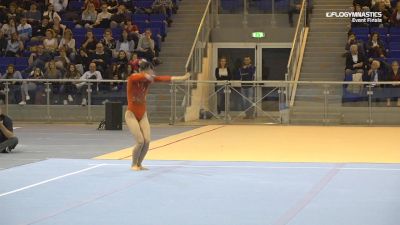 Replay: Ayumi Niiyama - Floor, Japan - 2019 City of Jesolo Trophy
Replay: Ayumi Niiyama - Floor, Japan - 2019 City of Jesolo TrophyJun 26, 2023
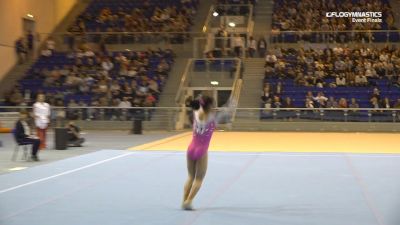 Replay: Zhang Jin - Floor, China - 2019 City of Jesolo Trophy
Replay: Zhang Jin - Floor, China - 2019 City of Jesolo TrophyJun 26, 2023
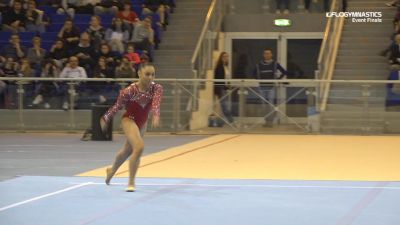 Replay: Emma Malabuyo - Floor, USA - 2019 City of Jesolo Trophy
Replay: Emma Malabuyo - Floor, USA - 2019 City of Jesolo TrophyJun 26, 2023
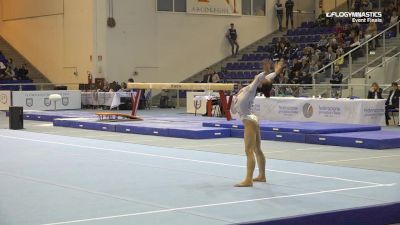 Replay: Qi Qi - Floor, China - 2019 City of Jesolo Trophy
Replay: Qi Qi - Floor, China - 2019 City of Jesolo TrophyJun 26, 2023
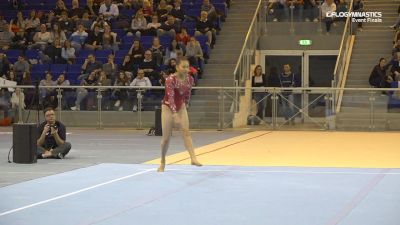 Replay: Sunisa Lee - Floor, USA - 2019 City of Jesolo Trophy
Replay: Sunisa Lee - Floor, USA - 2019 City of Jesolo TrophyJun 26, 2023
 Replay: Desiree Carofiglio - Floor, Italy - 2019 City of Jesolo Trophy
Replay: Desiree Carofiglio - Floor, Italy - 2019 City of Jesolo TrophyJun 26, 2023
 Replay: Lander vs Mars Hill | Mar 28 @ 6 PM
Replay: Lander vs Mars Hill | Mar 28 @ 6 PMMar 29, 2024
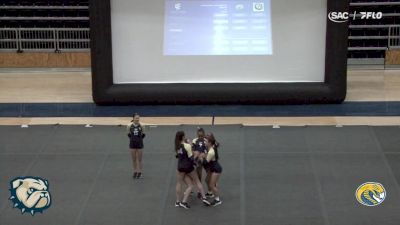 Replay: Coker vs Wingate | Mar 21 @ 6 PM
Replay: Coker vs Wingate | Mar 21 @ 6 PMMar 22, 2024
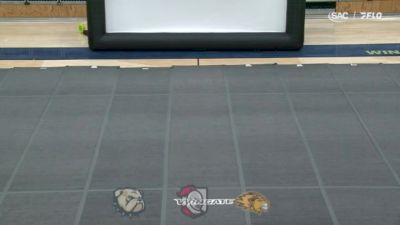 Replay: Wingate Tri-Meet - Acrobatics & Tumbling | Mar 15 @ 5 PM
Replay: Wingate Tri-Meet - Acrobatics & Tumbling | Mar 15 @ 5 PMMar 15, 2024